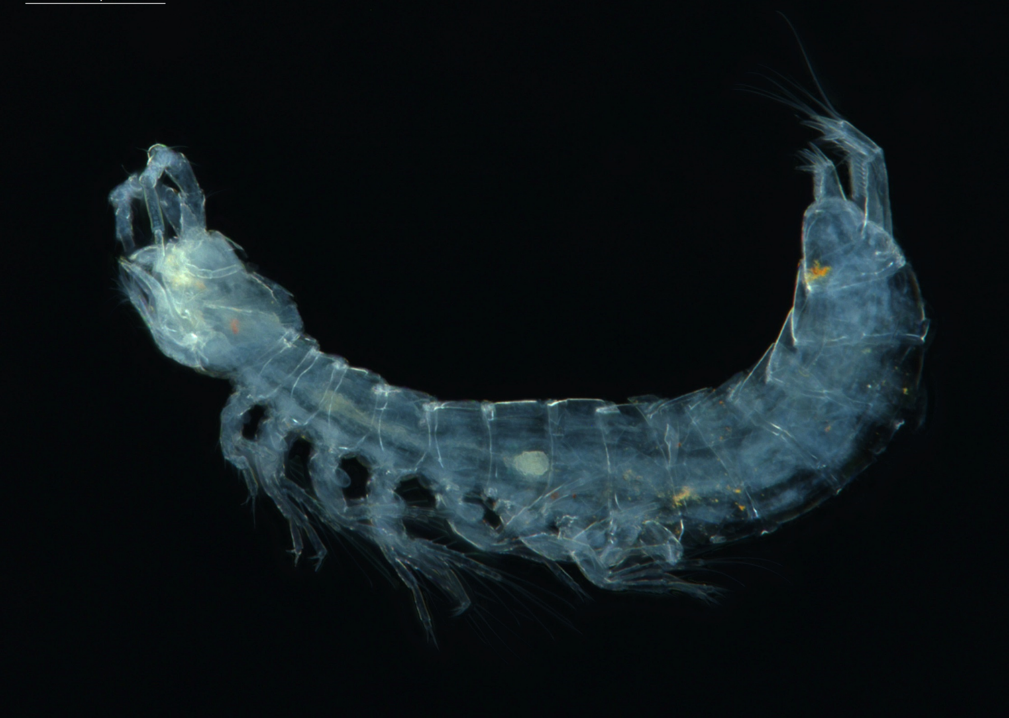A new project is set to transform understanding of the impact of mining on Australian subterranean species.
The project, led by the University of Adelaide, with Rio Tinto, BHP Billiton, Chevron, and a number of government Departments, along with Curtin University, will monitor subterranean ecosystems by developing new environmental DNA (eDNA) techniques for accurate detection of species that live underground.
“This collaborative project will develop a rigorous and practicable eDNA assessment framework, which will improve the accuracy of Environmental Impact Assessments (EIAs) and monitoring of subterranean habitats,” says the University of Adelaide’s Professor Andrew Austin, Director of the Australian Centre for Evolutionary Biology & Biodiversity.
“Compliance with Environmental Protection Authority (EPA) regulation is of the highest priority for resource exploration and development companies.
“Current surveys are time-consuming and expensive, and biased toward identifying the impact on the most common subterranean species.
“eDNA research on groundwater systems in Australia, and globally, is minimal and has not yet been developed as a tool for standardised and repeatable monitoring of subterranean fauna living in groundwater. This is a technique that obtains DNA sequences from minute quantities shed by animals as they move through the environment,” says the University of Adelaide’s Dr Michelle Guzik, a senior researcher on the project.
“We will collect data and develop an expandable DNA reference library to match with eDNA results to identify the species present.
“eDNA-based methods have real potential to dramatically improve on existing species detection approaches. These methods can detect subterranean fauna in a large range of habitats in all life stages of each species without requiring specialised taxonomic expertise. They also provide a rigorous approach for assessment and monitoring of groundwater ecosystems.”
“Subterranean fauna include many animal groups, mostly arthropods and other invertebrates that are unusual because they are blind and lack colour pigmentation. A number of vertebrates such as cavefish and eels exist, although they are less common. Many subterranean species have yet to be discovered and described because of the difficulty in exploring underground environments”, says Dr Guzik.
“For regulators, stakeholders and industry involved in this project we will provide real-world information and cost savings through better understanding patterns in species boundaries and detection of subterranean fauna,” says Professor Austin.
“The mineral and petroleum industry in the Pilbara, where the project is to be based, is worth more than $78 billion.
“Western Australian EPA regulators require EIAs to consider all potentially threatened species, including Australia’s unique subterranean fauna.
“The outcomes of the project will not only be directly applicable to monitoring subterranean ecosystems across Australia, but also globally.”
An Australian Research Council Linkage Grant of $490,000 plus $573,000 funding from industry partners and $670,000 in kind support has made this project possible.
Original post https://alertarticles.info
